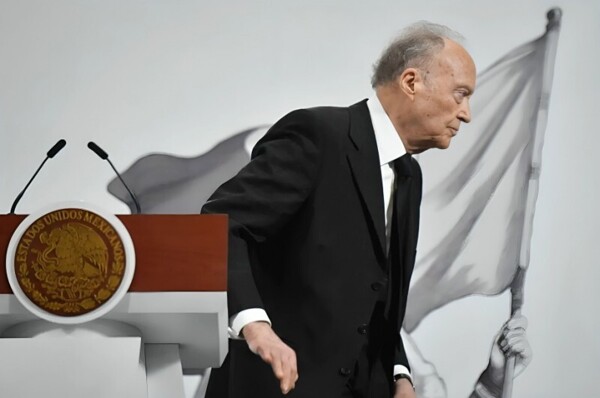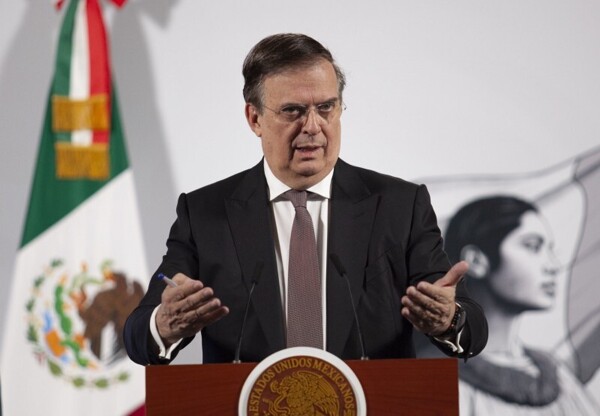
In the third quarter of 2025, 34.3% of the population in Mexico could not purchase the basic food basket with the household's labor income. While in Baja California Sur only 13.4% of the population cannot afford the basic basket with their labor income, in Chiapas that percentage reaches 61.1%. This involves 44.9 million Mexicans who, despite having a job, do not receive sufficient income to cover the minimum for food. Although it is a high figure, it represents an improvement of 0.8 percentage points compared to the same quarter of 2024, when it was 35.1%. The consulting firm 'Mexico, How Are We Doing?', which set a goal of reducing labor poverty to 20.5%, highlighted that although the current level is far from the target, 'it remains among the lowest in the entire historical series'. Mexico breaks a record in social progress, but the quality of life still depends on the zip code. The differences between states show a very unequal country. When that income is not enough to buy the food basket, all people in the household are considered to be in labor poverty. INEGI will publish the next update in February 2026. Until then, the country closes 2025 with a slight improvement, but with millions of people for whom work is still not enough to feed themselves adequately. In contrast, Colima (18.4%) and Quintana Roo (19.4%) are among the entities with the lowest proportions. The indicator is constructed based on the per capita labor income reported by households in the National Survey of Occupation and Employment.













